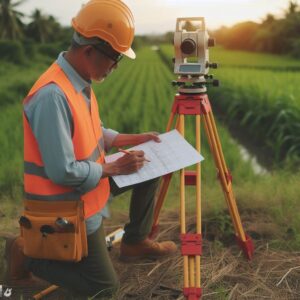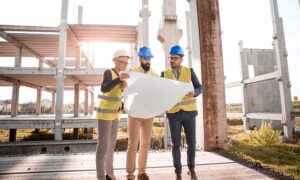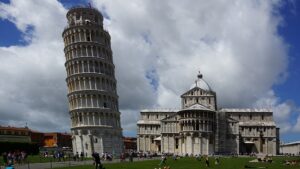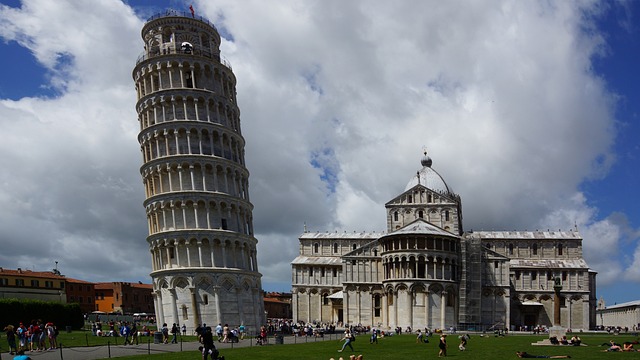Regarding topography, it is often believed that this study is only necessary at the beginning of construction work; however, this view does not fully reflect the true purpose of a topographic survey.
It is essential to consider that these studies, in addition to providing a precise view of the terrain’s characteristics, can help us identify changes in the alignment of structures as they settle, ensuring the correct placement of structures and helping to prevent issues that may arise from discrepancies in elevation, alignment, and terrain configuration. Without this detailed information, construction can face significant risks that impact both the safety and functionality of the structure.

Key reasons to conduct topographic surveys during construction:
- Precision control and alignment: Surveys help verify that all elements of the construction are correctly aligned, preventing deviations in walls, columns, and foundations.
- Minimizing structural risks: Detecting anomalies in the terrain, such as sinking or landslides, allows for preventive actions and plan adjustments to ensure structural stability.
- Efficiency in material usage: Knowing the precise terrain profile enables optimization of the required material quantities, reducing waste and additional costs.
- Mitigating legal issues and conflicts: Accurate surveys ensure that construction is carried out in the correct location and within property boundaries, avoiding property disputes and legal issues.

Historical Case: The Leaning Tower of Pisa
A famous example of the consequences of inadequate planning and lack of detailed topographic and geotechnical studies is the Leaning Tower of Pisa in Italy. Construction of this tower began in 1173, and due to the lack of thorough terrain studies, the tower’s foundations were insufficient to support its weight on soft, uneven ground. This caused the tower to begin leaning during its construction, creating a significant risk of collapse.
With today’s advances in topography, the leaning and structural problems of the Tower of Pisa would have been detected much earlier, allowing for design or foundational adjustments to prevent the tilt. Today, this tower remains an example of the importance of conducting topographic and geotechnical studies, not only at the beginning but at every stage of a construction project, to ensure the stability and safety of buildings.




